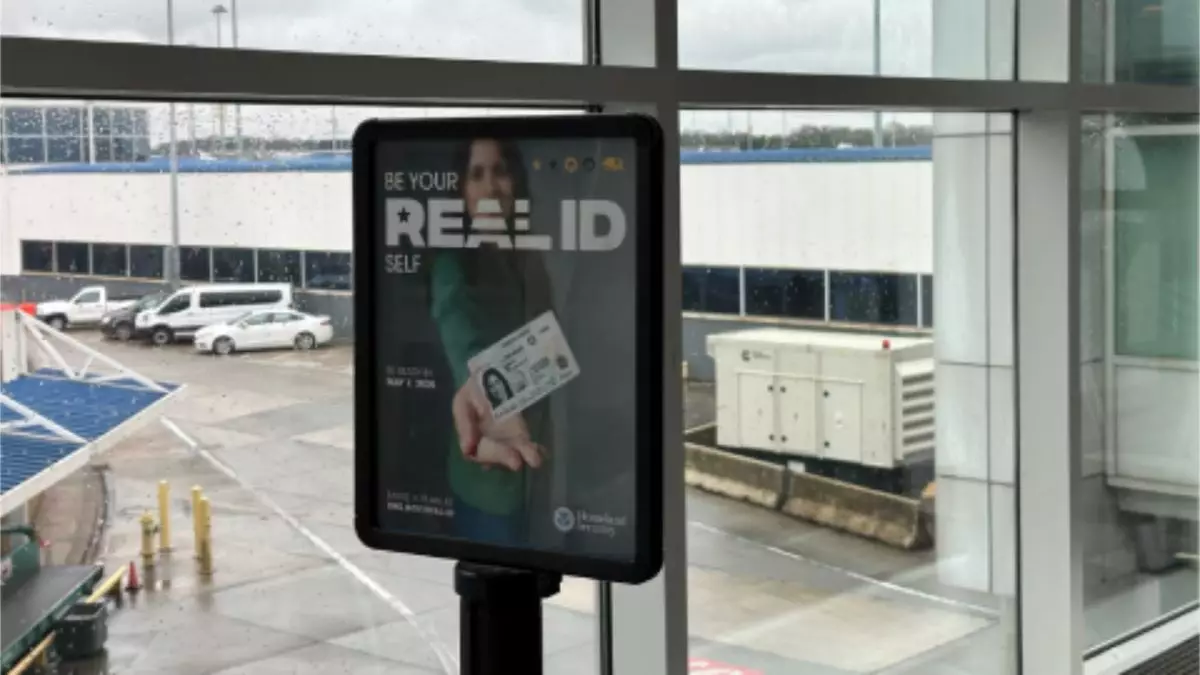The Transportation Security Administration (TSA) is poised to implement Real ID requirements at airport security checkpoints starting May 7, 2023. This initiative represents a significant milestone in a longstanding effort to standardize identification for air travel and access to federal facilities. While the final rule outlines comprehensive enforcement measures, the TSA has hinted at a gradual approach to implementation, allowing time for travelers to adapt to these new requirements.
Phased Implementation Strategy
The TSA plans to roll out the Real ID enforcement in stages, a move designed to ease the transition and reduce disruption for travelers. Although specific details on the phased approach have yet to be confirmed, TSA spokesman Carter Langston indicates that such flexibility is crucial. This method aims not only to accommodate passengers who may not yet possess a compliant ID but also to streamline airport security processes to avoid bottlenecks at checkpoints as the deadline approaches.
By May 5, 2027, full adherence to Real ID standards will be mandatory for all domestic air travel, and these identification measures will also kick in for federal buildings and military bases. Currently, reports show that a substantial proportion of state-issued IDs—around 56%—meet the Real ID criteria. This percentage highlights both the progress made and the work remaining, given the considerable time that has passed since Congress enacted the Real ID Act in 2005.
In response to the impending changes, TSA Administrator David Pekoske has encouraged travelers reliant on traditional state IDs to ensure their identification meets the new standards. The TSA has vowed to engage actively with the public and state authorities to facilitate a smooth transition. The communication aims to raise awareness and help passengers avoid potential issues as the enforcement date nears.
Potential Impacts on Airport Experience
One of the main concerns surrounding the introduction of Real ID requirements is the potential for increased wait times at airport security checkpoints. Langston cautioned that passengers who fail to present a compliant ID could cause delays, thus highlighting the importance of public awareness regarding the changes. The TSA is keen on disseminating information to mitigate these risks, emphasizing that preparation is key to ensuring a seamless travel experience.
As the deadline for Real ID compliance approaches, travelers should take proactive steps to verify that their identification meets the necessary standards. The TSA’s phased strategy offers some flexibility, but the onus lies on individuals to ensure they are equipped for their journeys. Engaging with travel advisories and understanding the practical implications of the Real ID requirements will be vital in navigating this evolving landscape in air travel security.

